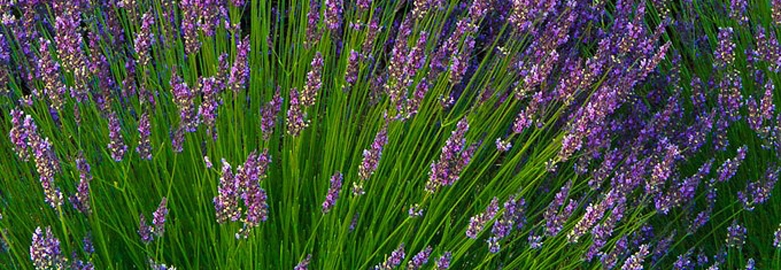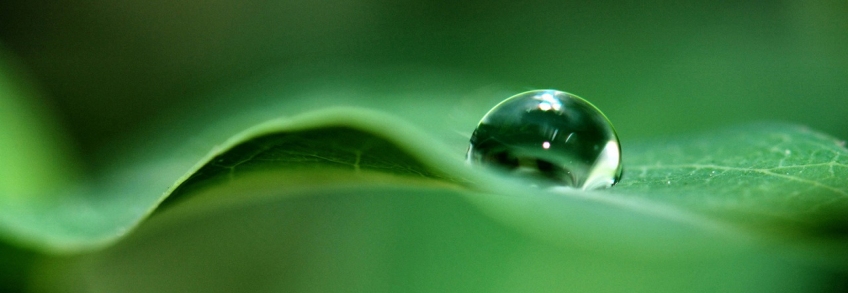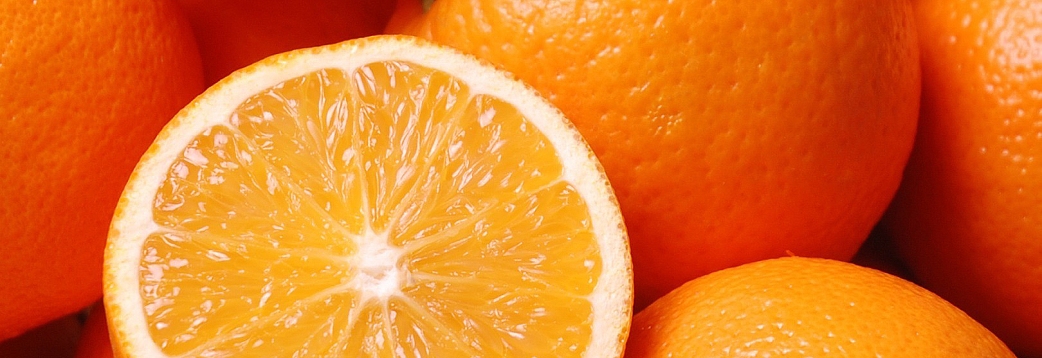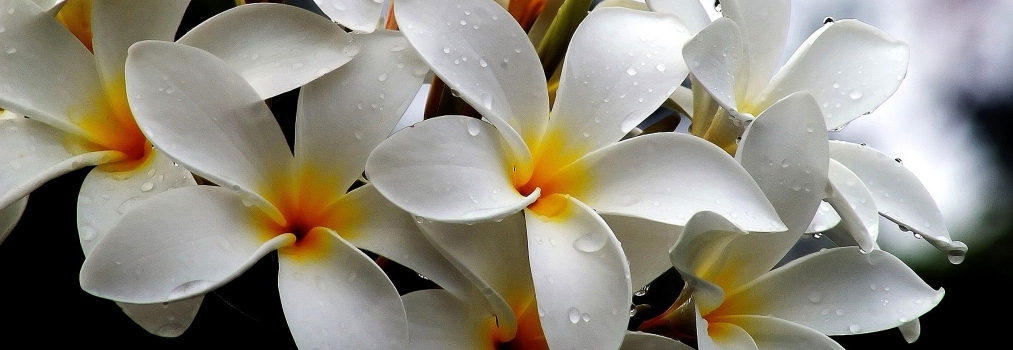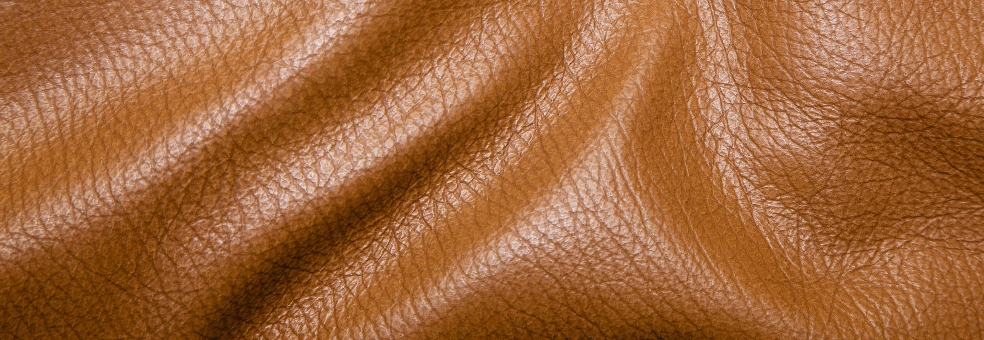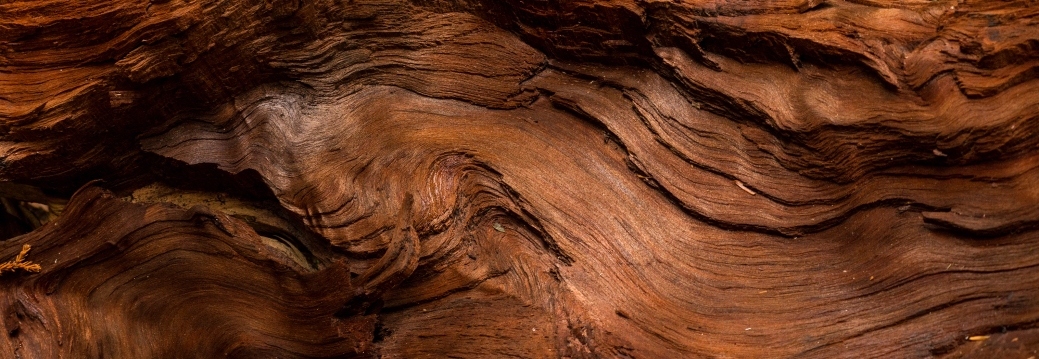Amber
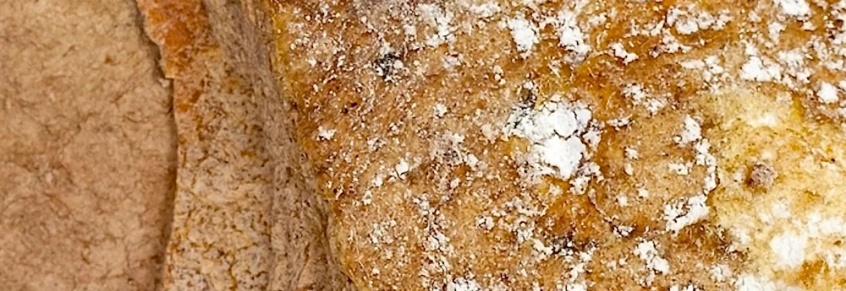
Amber has an underlining warmth and sensuality that makes its aroma intoxicating and quite opulent. Amber can be combined with other materials such as musk, vanilla, exotic resins, woods, flowers and spices.
- Amber Floral – This group will start with a sweet, warm and powdery base, which is commonly blended with such flowers as gardenia, tuberose, tiare or carnation.
- Amber Fougère – A combination of traditional components (warm woody and spicy notes) are refreshed with aromatics such as lavender, rosemary, coumarin and oak moss.
- Amber Spicy – Raw materials that tend to be spicy (cinnamon, cloves and nutmeg) are combined with other materials, such as woods and resins, to enhance the originality and character of these unmistakeable perfumes.
- Amber Vanilla – This group produces a much sweeter result and is generally constructed on a base of wood, resins, flowers and spices. The base is then blended with sweeter components such as caramel, vanilla, chocolate, almonds or honey.
- Amber Woody – An amber base is elevated by the addition of woody notes of sandalwood, cedar and vetiver.
Aromatic
Aromatic notes are usually combined of sage, rosemary, cumin, lavender and other plants which possess a very intensive grass-spicy scent. They are often combined with citrusy and spicy notes. Aromatic compositions are typical of fragrances for men.
- Aromatic Aquatic – Compositions of this group include fresh accords of sea water and are mostly found as fragrances for men.
- Aromatic Fougère – Name of the olfactive group ‘fouler’ derives from French word ‘fougère’ or ‘fern’. Coumarin can be found in the center of compositions. Perfume-originator of this group is Fougère Royal by the house of Houbigant, created by Paul Parquet in 1882. The perfumer extracted the synthetic component coumarin and used it in perfumery for the first time. Coumarin can be found in nature in several plants, such as Tonka beans, and it possesses intensive scent of freshly mown grass. Fougere compositions include notes of lavender, geranium, moss and wood. This group primarily includes perfumes for men.
- Aromatic Fruity – This is a relatively recent group, which encompasses mostly fragrances for men and unisex fragrances composed of aromatic components and fresh fruit providing a fresh, moist and exotic impression.
- Aromatic Green – Compositions of this group include accentuated green notes of grass or leaves, besides aromatic components (lavender, rosemary, wood).
- Aromatic Spicy – This group includes fragrances for men primarily. Combinations of spices and aromatic components leave a fresh and cold impression typically.
Chypre
This olfactive group was named after the perfume Chypre created by Francois Coty in 1917. Chypre means Cyprus in French. This sharp scent is based on harmony of oak moss, labdanum, patchouli and bergamot.
- Chypre Floral – Floral notes such as lily of the valley, rose or jasmine are added to the chypre structure.
- Chypre Fruity – The chypre accord is enriched and embellished with fruity notes such as peach, mirabelle plum and exotic fruit.
Citrus
Citrus fragrances are old and abundant. Its compositions are based on lemon, orange, bergamot, grapefruit or mandarin, with other citrusy, aromatic and tart notes for men and floral notes for women.
- Citrus Aromatic – The citrus accord is enhanced by the addition of aromatic notes, such as thyme, rosemary, tarragon or mint.
- Citrus Gourmand – This group incorporates sweet citruses (lime, orange), as well as other citruses, whether sugared or joined with vanilla, caramel and sweet flowers.
Floral
This largest fragrant group encompasses numerous versions of compositions with a floral heart: freshly picked flowers, flowers with aquatic, green or powdery nuances, as well as floral-aldehyde, floral-fruity and gourmand compositions.
- Floral Aldehydic – Animal, powdery or slightly woody notes often enhance the floral bouquet. The top note is a marriage of aldehydes and hesperidia. This sub-family came into existence with the creation of Chanel No 5, the first floral-aldehydic perfume with an unusually high amount of aldehydes.
- Floral Aquatic – A traditional floral bouquet is enhanced with several marine notes during the evaporation process.
- Floral Carnation – The poet’s flower is also found in perfumery and plays a part in the development of rich and harmonious fragrances.
- Floral Fresh – Florals can be combined with citrus notes to product a lighter, fresher floral experience. They can also be referred to as ‘citrus florals’ because the flower notes remain on the skin longer than the citrus notes.
- Floral Fruity – Since 1995, new fruity notes have blossomed in the world of perfumery. The floral body is easily identifiable, and the fruity notes are obvious. Among these are apricot, raspberry, lychee and apple.
- Floral Fruity Gourmand – The range of floral fruity fragrances is constantly being expanded. This is why we separated floral fruity fragrances with gourmand nuances of caramel, sugar, chocolate, candies etc. into a special category.
- Floral Green – Green notes can add a sharper freshness to the floral bouquet. Galbanum is a typical ingredient in this type of perfume as well as combinations that evoke freshly cut grass.
- Floral Jasmine – Also known as “The Flower,” jasmine enhances the floral top note. It helps give perfume a complex and refined structure.
- Floral Muget – A floral bouquet whose keynote is lily of the valley, a timeless white flower which gives perfumes a fresh note of springtime.
- Floral Orange-Tuberose – Introduced in 1948 with Fracas de Piguet, this sub-family has kept all of its appeal. It includes original scents of a unique sensuality.
- Floral Rose-Violet – The key floral accord of this sub-family is rose and violet. This widely used flower duet was launched by Paris, the famous Yves Saint Laurent perfume.
- Floral Woody Musk – Always based on a floral accord, this family includes fragrances with an additional woody and/or musky note, which gives a richer, more contemporary structure than that of a traditional floral perfume.
Leather
Leather scents in various nuances, from floral, velvety compositions to tart, smoky ones are placed in this group. Scenting leather products in order to mask unpleasant scent of leather itself, since urine and faeces of cattle, as well as blood and tar had been used in its traditional production, marked the beginning of perfumery.
Woody
Opulent compositions of woody notes in a heart of perfume are accentuated with woody notes of a base. Warm, mysterious sandalwood, drier and sharper cedar and vetiver, resin-like and balmy exotic sorts are usually accompanied with aromatic and citrusy notes.
- Woody Aquatic – This type of perfume composition, by rule, unites a woody heart of a perfume with a fresh, aromatic accord and aquatic notes.
- Woody Aromatic – A very masculine union of wood and aromatic notes is characteristic of fragrances for men. Opulent center and base open with aromatic herbs.
- Woody Chypre – Oak moss and labdanum, traditional for chypre group, are combined with dominant woody notes and they have a very opulent and intensive scent.
- Woody Floral Musk – Dominant wood in a heart of compositions has a beautiful opening with flowers such as violet and freesia, as well as a musky base.
- Woody Spicy – Soft and pleasant scent of exotic woods harmonizes with warm, bitter spices such as pepper, cloves, nutmeg or cinnamon.
Olfactory Groups sources fragrantica.com
